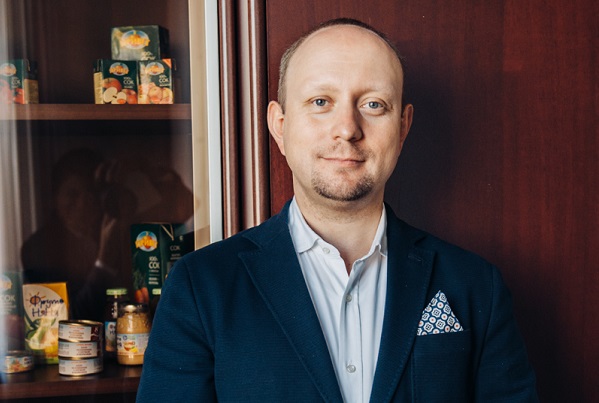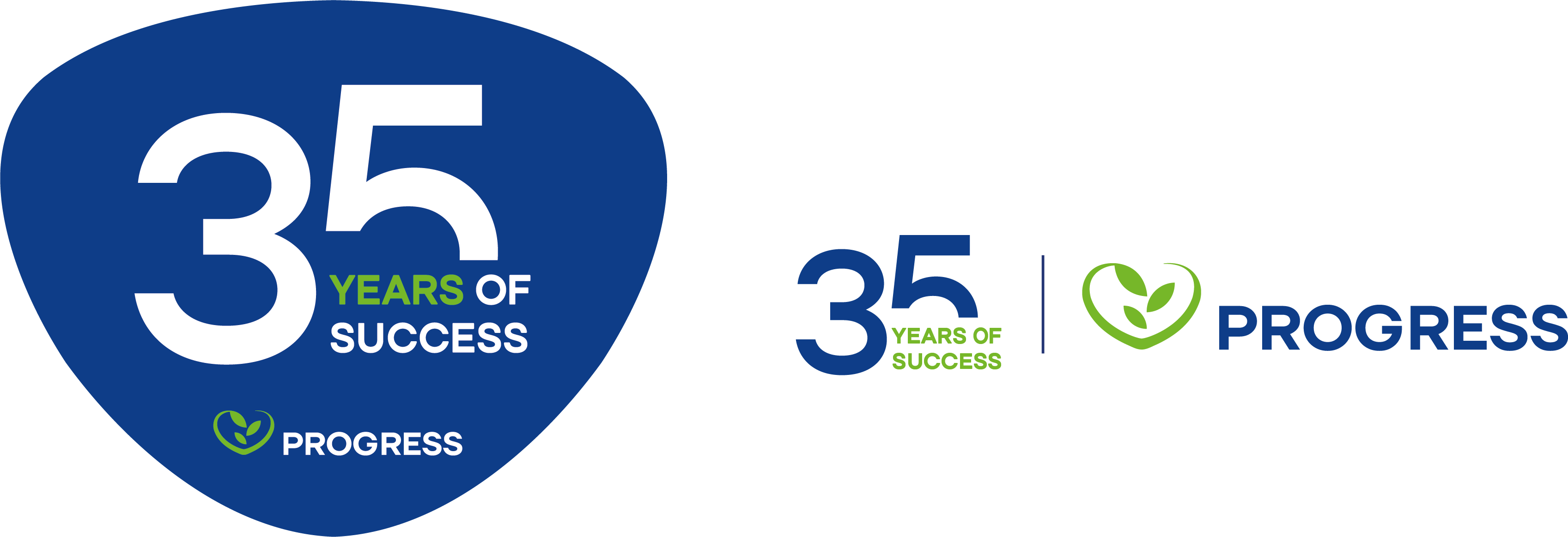There is a wise saying: water is life. We might add that good water is a healthy life. Fashion for a healthy lifestyle caused an increase in the consumption of bottled water, both safe and having favorable organoleptic properties. Hygienic requirements for the quality of children's water are more stringent than those of the water in a centralized water supply system. Children's water, while maintaining all the criteria listed above, is also optimal in quality, meets the criteria of physiological usefulness in terms of the content of the main biologically necessary macro- and microelements, and has even more stringent regulations for a number of organoleptic and sanitary-toxicological indicators. Children's water is specifically designed to preserve and improve health, which is especially important for the most vulnerable ‘critical’ group of population, the children.
Dmitry Makarkin, Director for Quality and New Technologies of PROGRESS OJSC, tells about the healthiness of children's water, why it can be given to a child from the first days of life.

What kind of water can be called children’s water?
- Only drinking water of the highest quality, extracted from independent underground (preferably spring or artesian) water sources, reliably protected from biological and chemical pollution and balanced in its quality. It must meet a number of requirements. On the one hand, it does not allow the use of preservatives, silver and carbon dioxide. On the other hand, it must meet strict criteria of physiological usefulness.
About the benefits of children's water
- Children's water must pass state registration as a baby food product (you can find the list of state registration certificates on the Internet). Children's water is subject to higher safety requirements. It undergoes additional purification to achieve optimal physiological usefulness in terms of the mineral composition.
Children's water should contain the optimal levels of biologically necessary macronutrients (calcium, magnesium) and some microelements (potassium, fluorine and others). Balanced mineralization makes it possible to maintain the optimal composition of milk formulas and cereals during their dilution, and to provide the child’s organism with the necessary minerals.
Process of production of children's water
- I'll tell you how the process is organized in our factory in Lipetsk.
1) Natural drinking water from the well is piped to the water treatment department, where it is cleaned, conditioned and passes through an antibacterial treatment.
2) Thus prepared, the water goes to the water bottling line. Using modern equipment, the water is poured into polyethylene terephthalate bottles, previously produced at the factory from preforms on the blowing machine, after which the bottles are capped.
3) The label is attached to the sealed bottles and labeled, indicating the date, time of production, the name of the production line and the final shelf life of the product. An absence of marking is unacceptable.
4) The final stage of production occurs when the bottles are assembled in group packaging, stacked on pallets and transported to the warehouse.
Quality control
- Water from the well, water at the stages of water treatment, water before bottling, the process of production of bottles, finished products - all stages of the technological process of production should be under constant round-the-clock control of the specialists of the laboratory for quality control. This should be the case with all manufacturers of children's water.
From each batch produced, control samples must be taken, which are stored before the expiration of the product's shelf life in specially equipped premises for the purpose of conducting research.
The shelf life of bottled children's water is 8 months at a temperature of 2 to 25 degrees Celsius and the relative humidity is not more than 85% without exposure to sunlight. The shelf life of an open bottle of baby water is no more than 3 days in the refrigerator.
At the children's water production site, as well as on the whole production complex, a quality management system and food safety system has been introduced, corresponding to the international standards ISO 9001 and ISO 22000 (HACCP).
